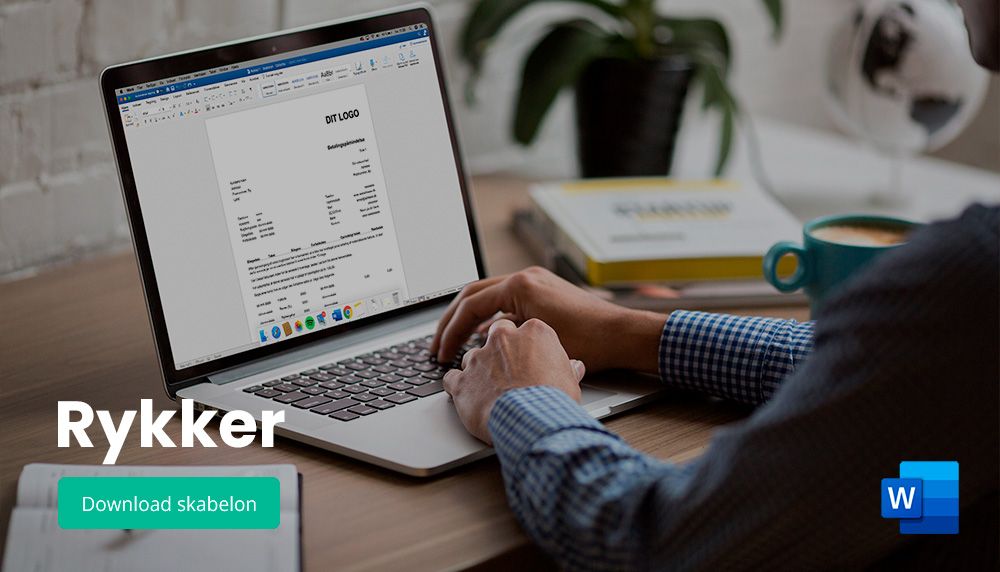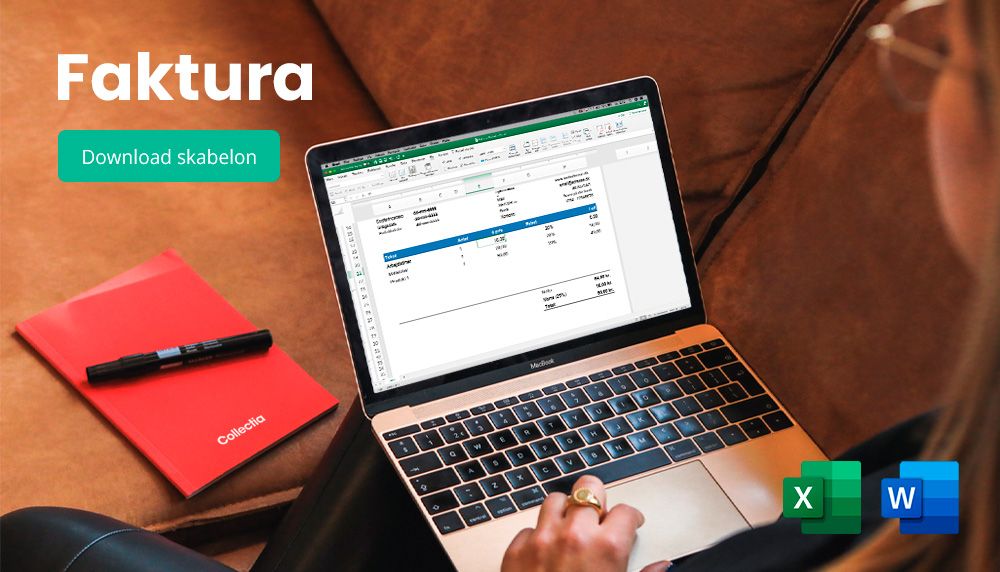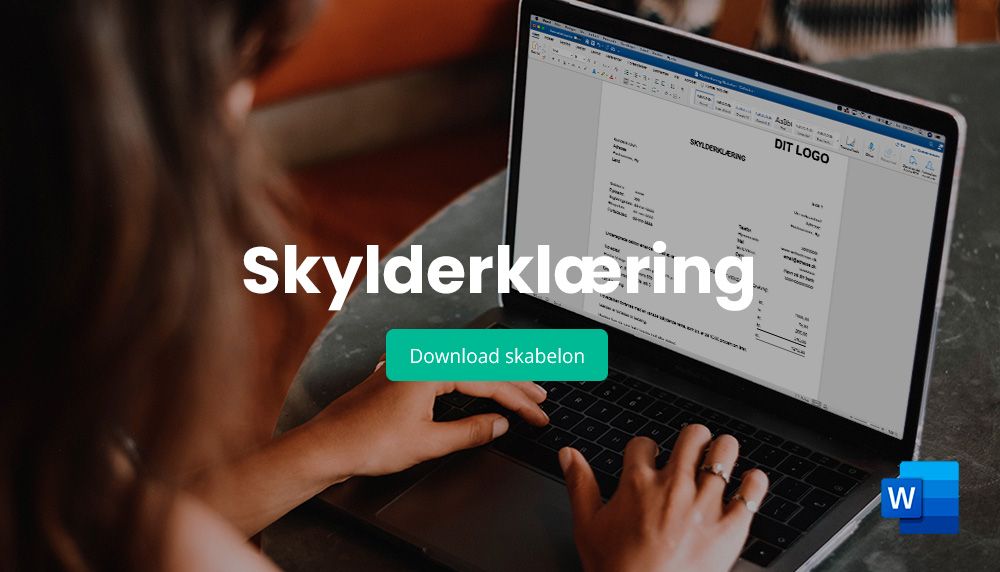
Liabilities
A company's financial statements include the company's balance sheet. The balance sheet contains the company's assets and liabilities. While assets show all the company's assets, such as machinery, inventory, vehicles and the like, liabilities include the company's equity, liabilities and other provisions.
Thus, liabilities show how the company has financed its assets: the business owner's own funds, debts or provisions.
Debt is often further broken down to show current and non-current debt, as the maturity of the debt is often of interest to lenders and company stakeholders.
Breakdown of liabilities
In the company's financial statements, liabilities are divided and presented into equity, non-current liabilities, current liabilities and other liabilities.
Liabilities help to show how the company has financed its assets, and thus all essential assets that the company uses in its operations, such as machinery, inventory and the like.
Why are liabilities interesting in debt collection?
The entire company's accounts are interesting when it comes to debt collection and, not least, credit ratings.
Because the company's financial statements provide a historical picture of the company's performance, and thus an indication of how the company is performing.
However, if you want an updated picture of your company's financial situation, a professional (bank, lender, mortgage lender or accountant) will often ask for an updated income statement and, most importantly, an updated balance sheet.
By having an overview of the company's liabilities, a lender, creditor or similar can gain an insight into how the company is financed and, based on this, grant credit. Liabilities are also interesting in connection with debt collection, for a debt collection company or creditor who can see how the company is indebted and how much the company is in debt.











